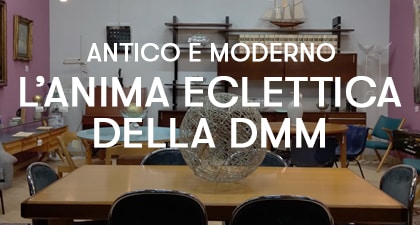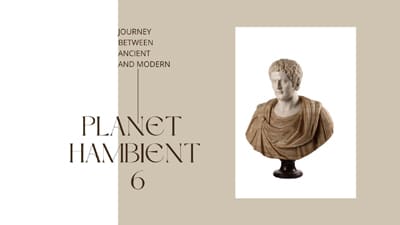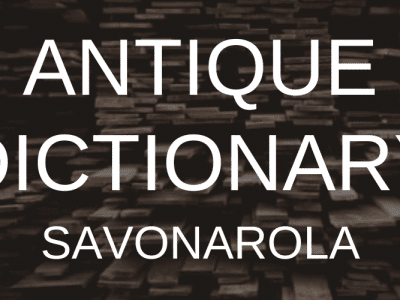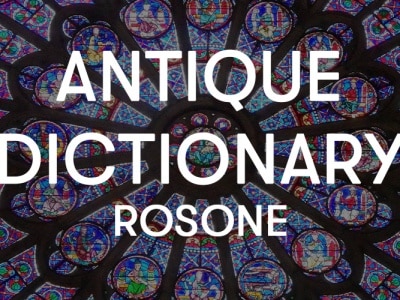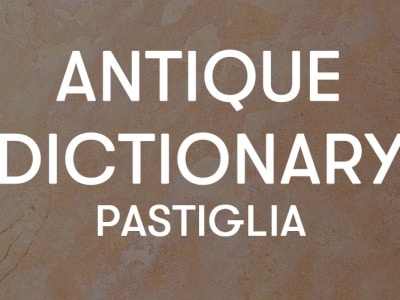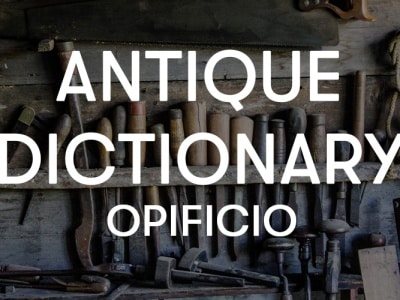
Second appointment with Classic Monday: after last week’s game table, the spotlight is on a Neoclassical chest of drawers.
The eighteenth century is universally known as the “century of enlightenment”; A flourishing season for science, philosophy and the arts in which there was a renewed interest in classical antiquity.
The excavations at Pompeii and Herculaneum, the circulation of Piranesi’s countless engravings and Winckelmann’s theoretical writings brought a breath of “classicism” to Europe and laid the foundations for the new style.

Neoclassicism manifests itself as a reaction to the exaggerations of the Baroque, hoping for a return to nature, order, rationality and above all to the purity and beauty of classical art.
It would be simplistic and incorrect to say that Neoclassicism had a homogeneous and uniform spread throughout Europe. Geographical, political and cultural factors gave rise to different declinations and interpretations of the style, even quite different from each other, although attributable to the same matrix.

State Archives, Bellinzona
For example, fundamental in outlining the neoclassical taste in Lombardy was the appointment of Giocondo Albertolli director of the chair of ornamentation of the newly founded Brera Academy in 1776. The academy quickly became an important and renowned point of reference. On the wave of success, Albertolli published the work “Ornamenti diversi inventati, disegnati e executed da Giocondo Albertolli”.
This volume became a real vademecum from which architects, decorators and craftsmen drawn. It was also the main documentation of his work (almost completely lost) for the Archducal Palace.
So it was that a style with a rational and classical lexicon spread in Lombardy and in the surrounding areas but firmly anchored to the themes of the best Italian Renaissance.
The city of Piacenza was geographically and culturally in the orbit of Milan but also of the nearby Emilian cities (especially Parma). Despite the many external solicitations due to its location, it boasted a solid tradition and a capacity for expressive autonomy jealously maintained by its excellent “legnamari” and “marengoni”.

We have here an excellent example of Piacenza manufacture dating back to the Neoclassical period. It is a solid walnut chest of drawers with inlays. The austere shapes, the truncated pyramidal feet and the decorations inspired by the Greco-Roman world are clear indicators of the neoclassical derivation. The band under the top has Greek decorations and acanthus leaves. On the sides of the furniture we can appreciate the rose windows depicting the gods Diana and Flora; on the front Venus and Cupid. In this period the Louis XVI ornamental repertoires had been widely spread and the influence of the school of Beetles on the profitable local tradition had been grafted. As a result, there was a growing demand for inlays from the client. In Piacenza the privileged woods for inlays were boxwood, maple, fruit woods but also valuable essences such as bois de rose (as in this case).
The decorativism, opulence and sinuous lines of the Baroque had definitively given way to furniture with a more balanced and geometric structure. The elegant and measured harmony of Neoclassical furniture and the exceptional craftsmanship of the artisans of the time are still considered unsurpassed.


















